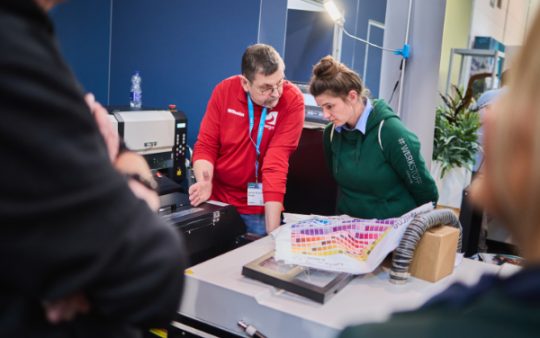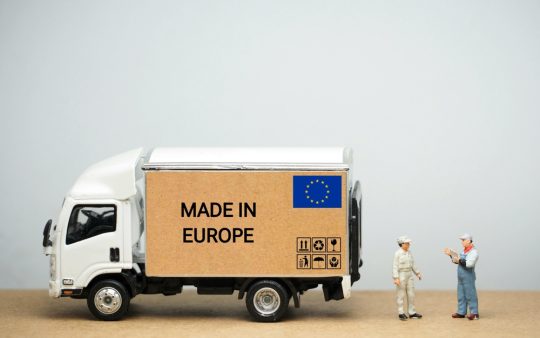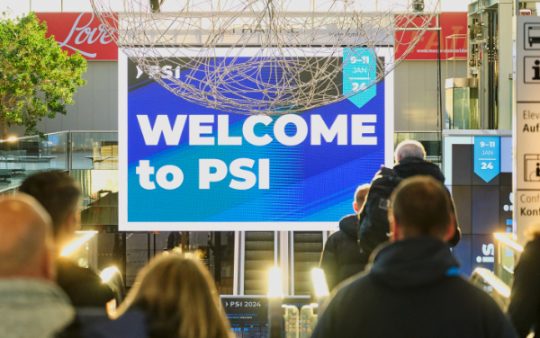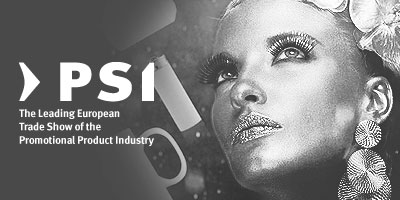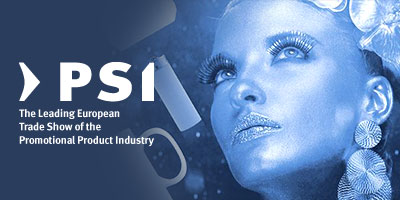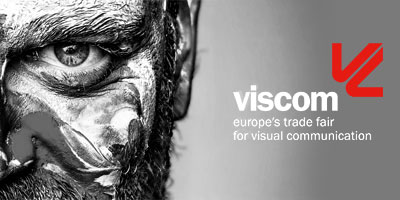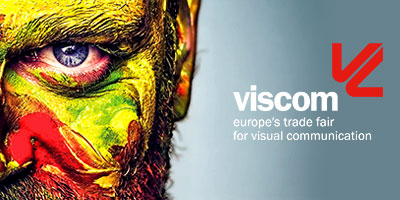More effort, higher costs

Published on 28.09.2023
New EU Toy Safety Regulation and Digital Product Passport
As expected, the EU Toy Safety Regulation increases chemical requirements and will likely be the first product-related harmonising regulation to introduce the Digital Product Passport. The lawyer Dr. Arun Kapoor analyses the challenges facing the promotional products industry.
On 28 June 2023, the European Commission presented its draft for a new EU Toy Safety Regulation. The regulation shall replace the current EC directive 2009/48/EC on the safety of toys, which specifies the harmonised European minimum safety requirements for toys and is thus authoritative for many promotional products. In addition to tightening the chemical requirements and the introduction of the Digital Product Passport, the draft of the new EU Toy Safety Regulation provides numerous clarifications and further specifications to the previously applicable regulations. A transition period of 30 months is planned from its entry into force, so that the mandatory application of the new specifications likely cannot be expected until the year 2027. An additional transitional period of 12 months from the beginning of application of the new regulation applies to the sale of toys (particularly by distributors) that were already placed on the market before the effective date. Answers to the most important questions by lawyer Dr. Arun Kapoor.
Does the EU regulation directly apply to all economic actors?
The currently applicable EC directive 2009/48/EC on the safety of toys is to become a European regulation, which no longer requires implementation by the member states, rather immediately applies in all of Europe. The Commission expressly wants to no longer leave the member states room for varying implementation. In the interest of legal certainty, this is to be welcomed from the perspective of economic actors.
Will there be a Digital Product Passport for toys?
The current EC directive 2009/48/EC on the safety of toys was the first EC directive to implement the specifications of the New Legislative Framework (NLF). It was therefore a model for the subsequent EU harmonisation regulations. The new EU toy safety regulation could serve as a model once again. It will probably be the first product-related harmonisation regulation to introduce the Digital Product Passport.
According to the present draft regulation, the Digital Product Passport in accordance with Article 17 is intended to replace the EU declaration of conformity. With the Digital Product Passport which is created for each toy model and accessible to market surveillance authorities, customs and end customers alike, the manufacturer declares that its toy complies with the requirements of the new EU toy safety regulation as well as all other European legal regulations with which the toy must comply.
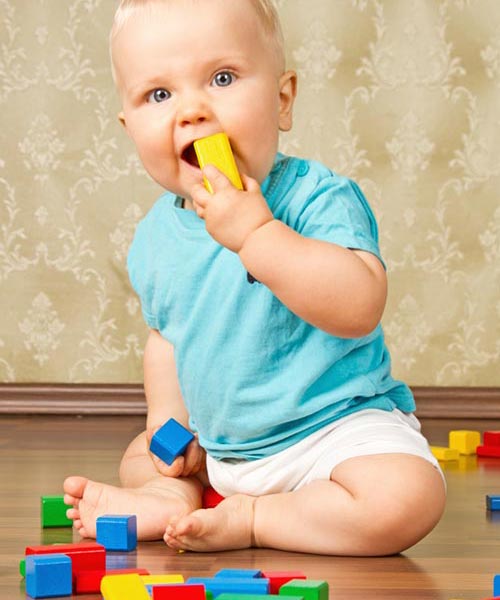
Toys can always pose a danger to children. The new EU Toy Safety Regulation is intended to make toys safer.
Picture: Adobe Stock, Anja Greimer Adam
The Digital Product Passport is made available by the manufacturer by means of a data carrier (e.g. a QR code), which is applied to the toy itself, a label attached to the toy or the packaging and must be clearly visible to the consumer before purchase (including in online retail). According to Article 17 in conjunction with Annex VI of the European regulation, the product passport itself contains a distinct product identification code, the name and contact address of the manufacturer as well as the corresponding data of the responsible economic actor in accordance with Article 4, Paragraph 1 of the regulation of market surveillance and compliance (EU) 2019/1020. It additionally includes a distinct company identifier, the toy’s identification mark (article number, etc.), the custom tariffs number and the CE mark. A list of all legal specifications of the European Union, with which the toy complies, as well as references to the harmonised standards and specifications used by the manufacturer along with the identification numbers of the involved notified body must be indicated in the future. Furthermore, the Digital Product Passport shall list all substances of concern contained in the toy as well as all contained aromatic substances, for which special labelling requirements apply under the new regulation. Optionally, the instructions for use as well as safety information and warnings can also be indicated.
According to the provisions of the draft regulation, the Digital Product Passport does not have to contain other information, such as information which would be useful and necessary to assess the product in terms of ecological sustainability. In this regard, the draft refers in Article 17 to the requirements for the Digital Product Passport, which are to be introduced by the future European eco-design specifications. Should a delegated regulation under the new eco-design framework act provide for specific content for the Digital Product Passport for toys in the future, these will apply instead of those currently mentioned in Annex VI of the EU regulation. The Commission shall also be able to make further detailed regulations by means of an implementing act.
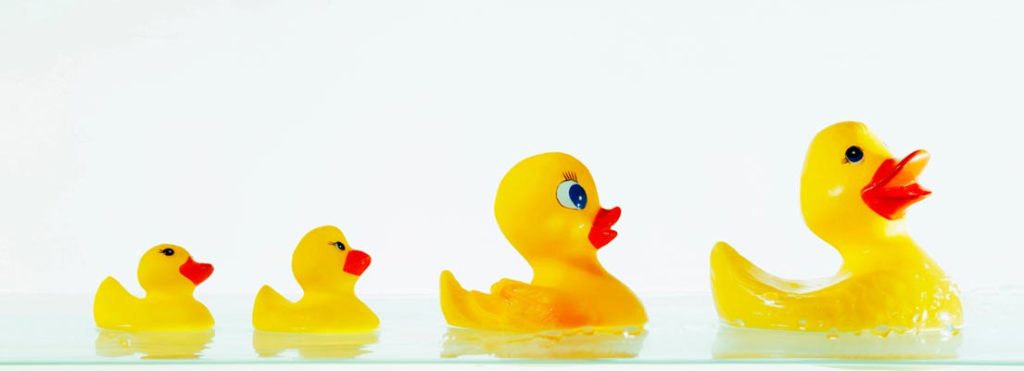
According to the current draft regulation, the Digital Product Passport is intended to replace the EU Declaration of Conformity.
Picture: Adobe Stock, Faiz
The Product Passport must be stored by the manufactures in a product passport registry (Article 7 of the EU regulation) and – like the other technical documents – must be maintained accessible for at least 10 years after the last specimen of the concerned product was put on the market, in particular for control purposes for market surveillance and customs authorities. In the future, distributors will have to check, as part of their list of obligations in accordance with Article 10, Paragraph 2 of the European regulation, whether the toy contains the data medium through which the digital product passport can be viewed.
Toy or general consumer product?
The scope of application of harmonised European toy safety law has always offered a lot of potential for conflict, because significantly lower requirements apply to products that are not toys in the legal sense (even though children play with them). Currently applicable law stipulates that toys are products intended or designed to be used by children when playing. In principle, this shall remain the case under the regime of the new EU toy safety regulation. However, the draft further specifies this in such a way that products should be classified as toys in particular if parents or guardians can reasonably assume that the product is intended to be used by children for play based on the functions, dimensions or other characteristics. The associated clarification is likely to tighten the classification practice for various products in the future, but should nevertheless be welcomed by the industry as a whole in the interest of better applicability.
Annex I of the European regulations lists products that are not considered toys along with – as previously in Annex I of the EC Toy Safety Directive – such products that are by definition toys, but should be excluded from the scope of toy safety law. Apart from the deletion of the slingshots and catapults that are currently excluded, there are no significant changes in this regard. In the future though, the European Commission will determine by means of implementing acts whether certain products are to be classified as toys.
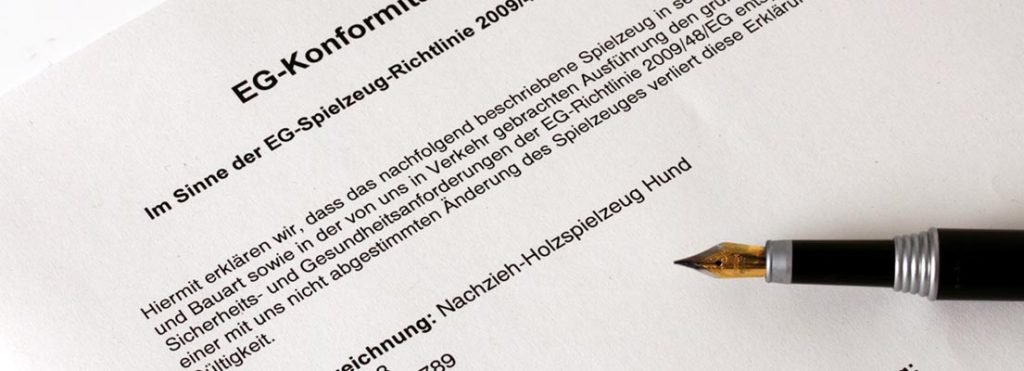
The new EU Toy Safety Regulation shall replace the current EC Directive on Toy Safety 2009/48/EC. It will be the first product-related harmonising regulation to introduce the Digital Product Passport. Picture: Adobe Stock, RioPatuca Images
Does the draft introduce new obligations for manufacturer labeling or consumer information?
In the future, the previously defined economic actors (manufacturers, importers, traders, authorised representatives) will be joined by the fulfilment service provider already known from the European Market Surveillance Regulation (EU) 2019/1020, which the market surveillance authorities can access on a subsidiary basis if necessary.
An overview of the list of obligations for economic actors defined in the draft regulation reveals little that is new and groundbreaking aside from the regulations on the new product passport. However, the extension of so-called manufacturer labeling will probably be of practical significance in the promotional products industry. In the future, manufacturers and importers will not only have to indicate their name and complete contact address on the toy, but also an e-mail address. Yet it is not clear why one still could not do without the postal data despite the generally accessible Digital Product Passport. Therefore, the industry should critically question this in the further legislative process.
In the future, manufacturers will be required to provide the public with a telephone number e-mail address, a special area on their website, or another barrier-free communication channel through which consumers can contact manufacturers via the links with safety-related complaints (Article 7, Paragraph 11). Importers must verify compliance with these requirements and, if necessary, establish an appropriate communication channel if the manufacturer located in a third country does not comply with this requirement.
What changes are there to the official reporting requirements and the requirements for product recalls?
Very significant extensions to the list of obligations for economic actors do not arise directly from the draft of the new toy regulation itself, rather indirectly from the regulations of the General Product Safety Regulation (EU) 2023/988, which recently came into force and to which the Commission draft expressly refers. For the toy industry, the following changes should be highlighted in particular, which will apply to all toys from December 13, 2024, regardless of whether the new toy regulation comes into force:
a) In the future, manufacturers, importers and retailers will be obliged to a graduated extent to inform the competent market surveillance authorities of accidents they have become aware of and which have occurred in connection with a product they have made available on the market. Up to now, there has only been an official reporting obligation if the concerned economic actor knows or should know that his or her product poses specific safety risks in this area.
b) When carrying out product recalls, the companies responsible will in future have to offer compensation measures (free repairs, free replacement delivery, value replacement) to consumers – regardless of how old the recalled product is. Product recalls will therefore be expensive in the future and it seems questionable whether products recalls can simply be “saved” given the associated costs.
c) In the future, strict guidelines will apply to the specific organisation of recalls and comparable measures. For example, recalls using phrases such as “voluntary”, “precautionary”, “in rare situations”, etc. will be strictly prohibited in accordance with Article 36 of the Product Safety Regulation (EU) 2023/988. Even such legislative micro-requirements are unlikely to prompt companies to rush to implement any reasonable corrective measures in the future.
Will there be new requirements regarding the CE marking and warnings?
In principle, the concept of product labeling for toys previously known from the EC Directive on Toy Safety 2009/48/EC remains unchanged. The comparatively liberal approach to CE marking is particularly industry-friendly. As before, this may be applied either to the product, the packaging or an accompanying document. However, in the future, the CE marking must (also) be indicated on the product packaging if it would otherwise not be visible from the outside of a packaged toy. In addition, any warnings that may be required, in particular the so-called warning for very young children, must be placed behind the CE marking in the future (Article 16, Paragraph 3 of the European regulation). However, one simplification is that the word “caution” (in all required languages) no longer has to precede the warnings, rather can be preceded by the pictogram outlined in Annex III, Item 1 (black exclamation mark in a red triangle).
What changes regarding the safety assessment?
The requirements regarding the safety assessment were also further specified. According to Art. 21 of the European regulation, with regard to chemical hazards not only the possible exposure to individual chemicals must be taken into account, but also, among other things, all known additional hazards resulting from the combined exposure to several chemical substances. In addition, the safety assessment must be updated regularly as new information becomes available.
In what areas are there significantly stricter safety requirements for toys?
The general safety requirement goes beyond the aspects previously mentioned in Article 10 of the EC Directive on Toy Safety 2009/48/EC and will be supplemented with the psychological and mental health as well as the well-being and cognitive development of children (Article 5 of the European regulation).
The special safety requirements that will continue to be listed in Annex II initially contain the same categories as the currently applicable EC Directive on Toy Safety and extend to physical and mechanical properties, flammability and chemical properties as well as electrical properties, hygiene and radioactivity.

Tightened chemical regulations will apply to toys in the future. Picture: Adobe Stock, NDABCREATIVITY
However, the chemical requirements still regulated in Annex Part III will be tightened. This was expected after the evaluation of the EC Directive on Toy Safety 2009/48/EC revealed, in particular, that the protection from chemical risks is inadequate under the current regime. In addition to the general chemical requirements, according to which toys must comply with the requirements of the REACH Regulation when they come into contact with food, Regulation (EC) 1935/2004 and, if applicable, the requirements of the CLP Regulation, in particular the Annex II, Part III, No. 4 of the European regulation entails a decisive tightening of the regulations. Thus, the current general ban on the use of CMR substances will be extended to include endocrine disruptors, substances that sensitise the respiratory tract and substances that are toxic to certain organs.
At the same time, the chemical requirements for toys have become much less complicated in comparison with the current legal situation and exceptions are now provided for, which is extremely welcome. For example, the migration limits listed in the Annex to Appendix II, Part III, which shall apply to older children as well in the future, do not apply, for example, to toys and toy components that, given their foreseeable use, clearly do not pose any danger from sucking, refracting, swallowing or longer contact with the skin.
So, what does the promotional products industry have to prepare for?
Companies from the promotional products industry should familiarise themselves with the changes in the new EU toy safety regulation at an early stage, in order to avoid any unpleasant surprises after they come into force. The effort for the affected companies will not become any less: The expansion of manufacturer labelling requirements, the implementation of the Digital Product Passport and the tightening of safety requirements will tie up resources – at least at the beginning. The far-reaching new official reporting requirement as well as the very strict regulations on carrying out product recalls, which kick in by means of the European Product Safety Regulation (EU) 2023/988, will also likely affect the prices of promotional products in the future, because the responsible economic actors must calculate the risks and related costs.
The new EU toy safety regulation is still in the development process. The industry and associations are well advised to deal intensively with the present draft and to draw attention to specific concerns within the bounds of their possibilities.
Author: Dr. Arun Kapoor (Lawyer), Partner and Co-Director of the Product Liability & Product Compliance Department at the law firm Noerr.

